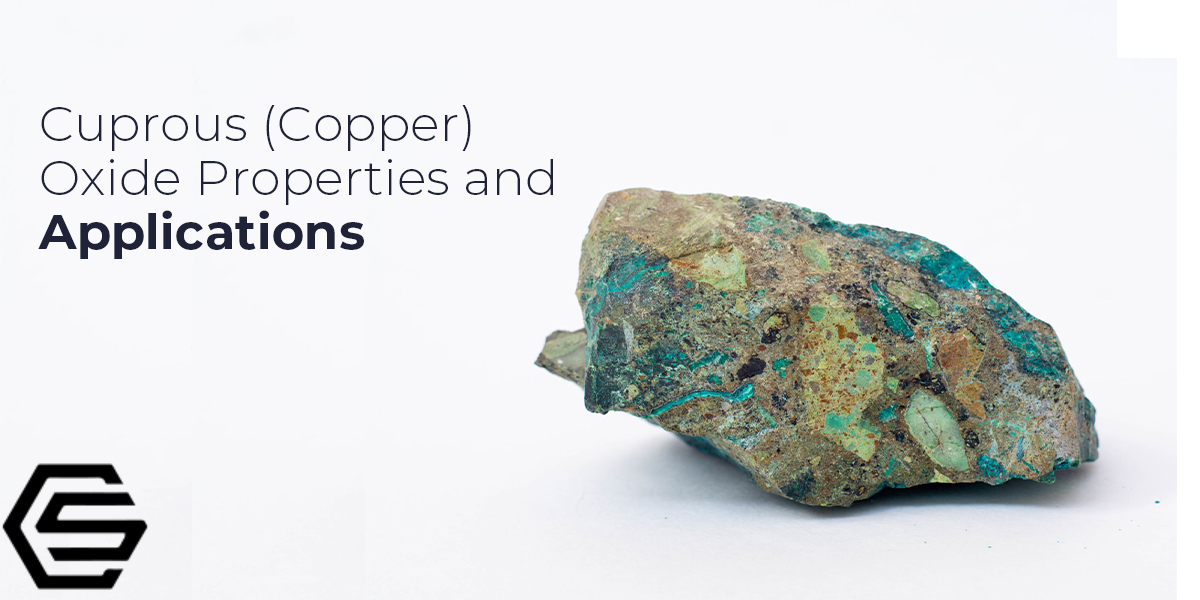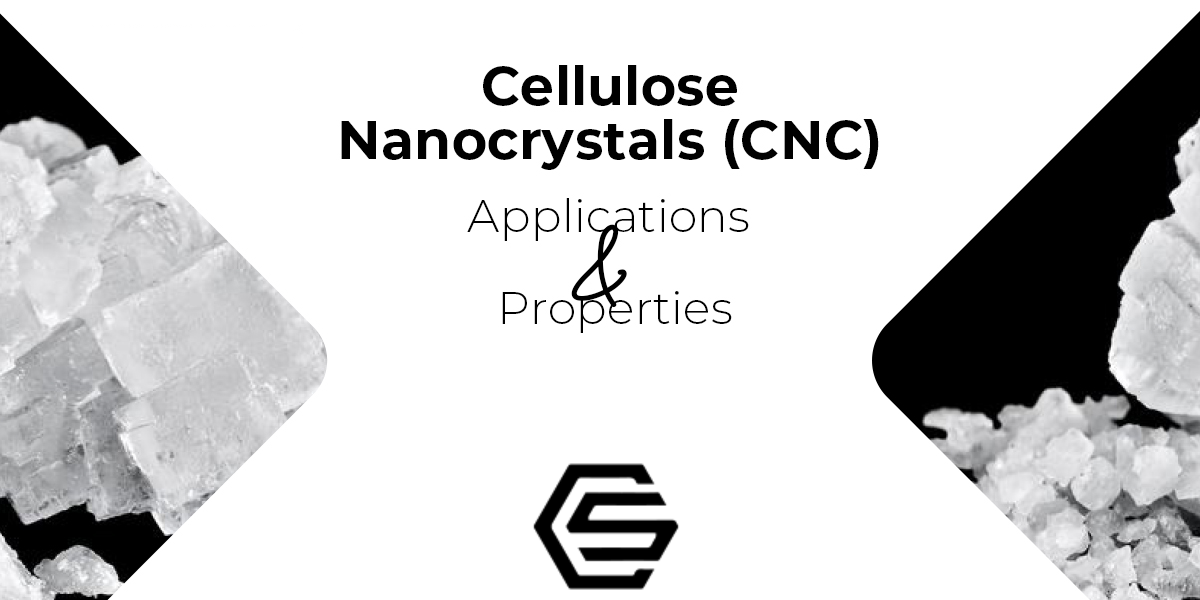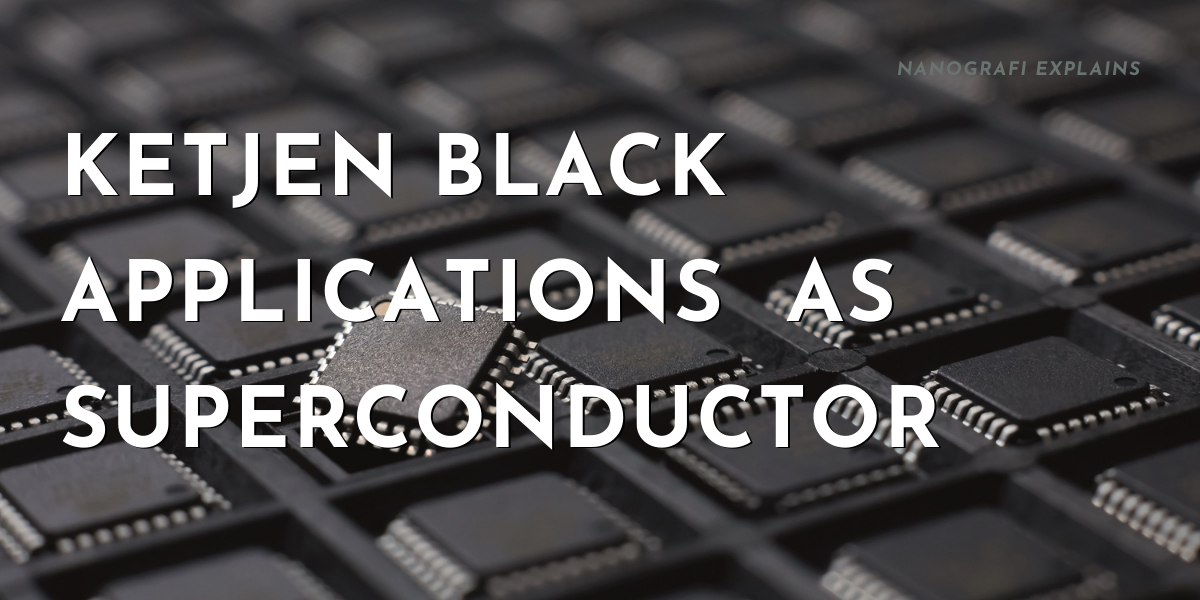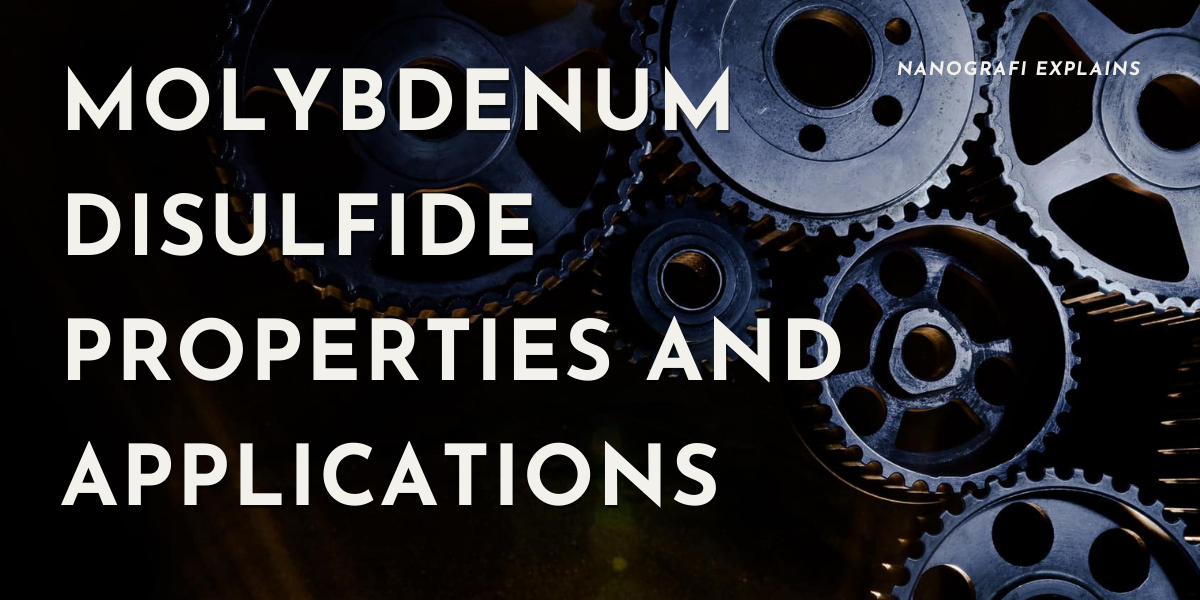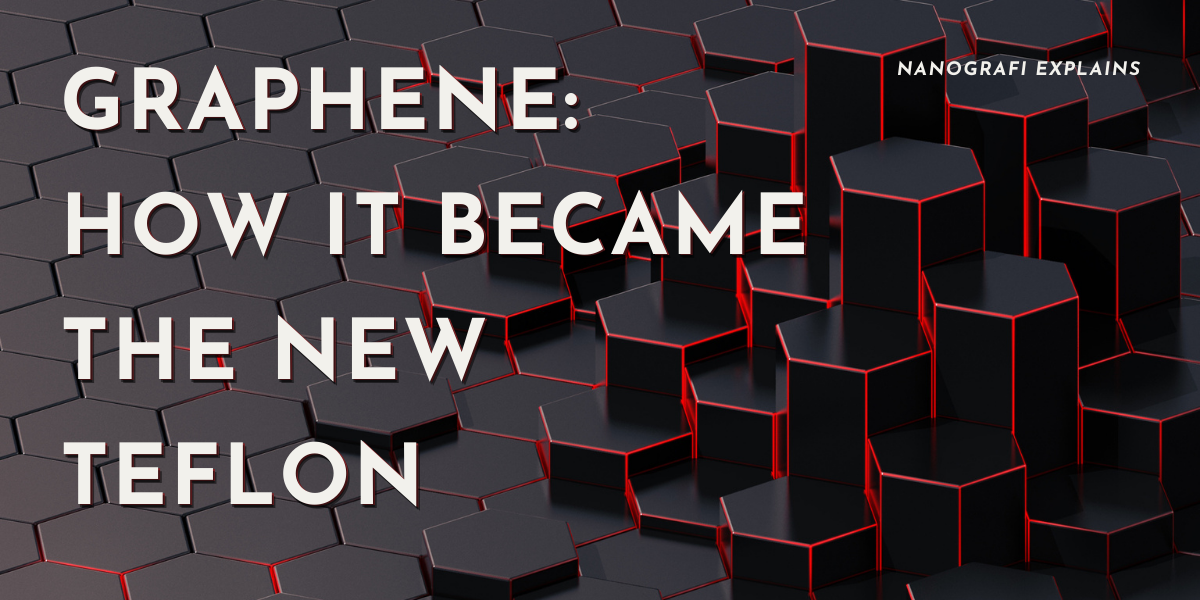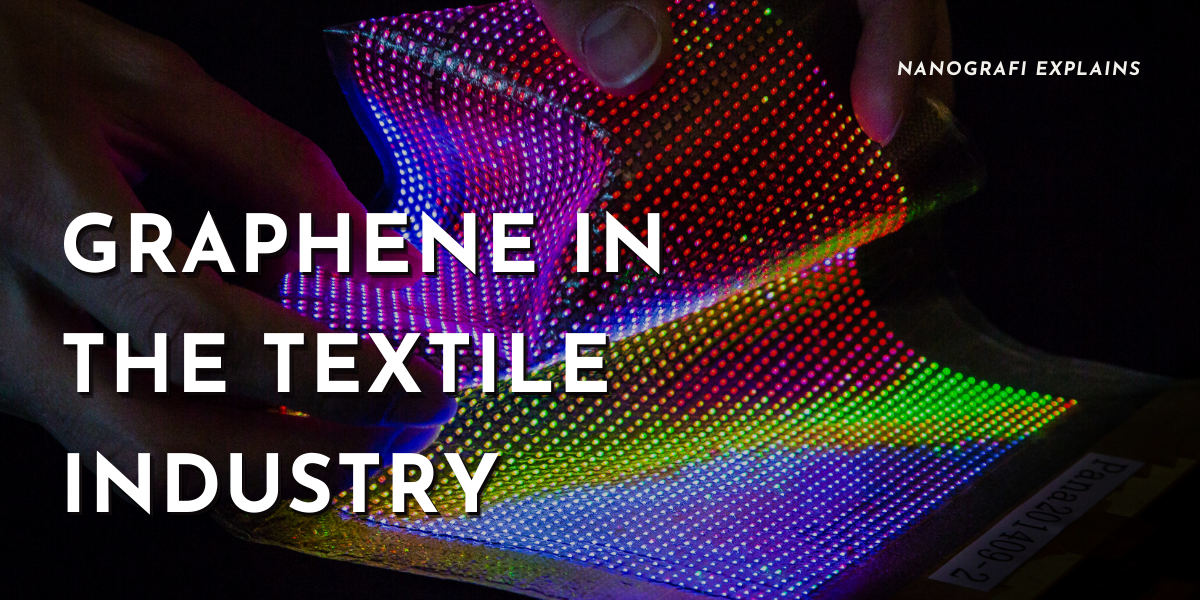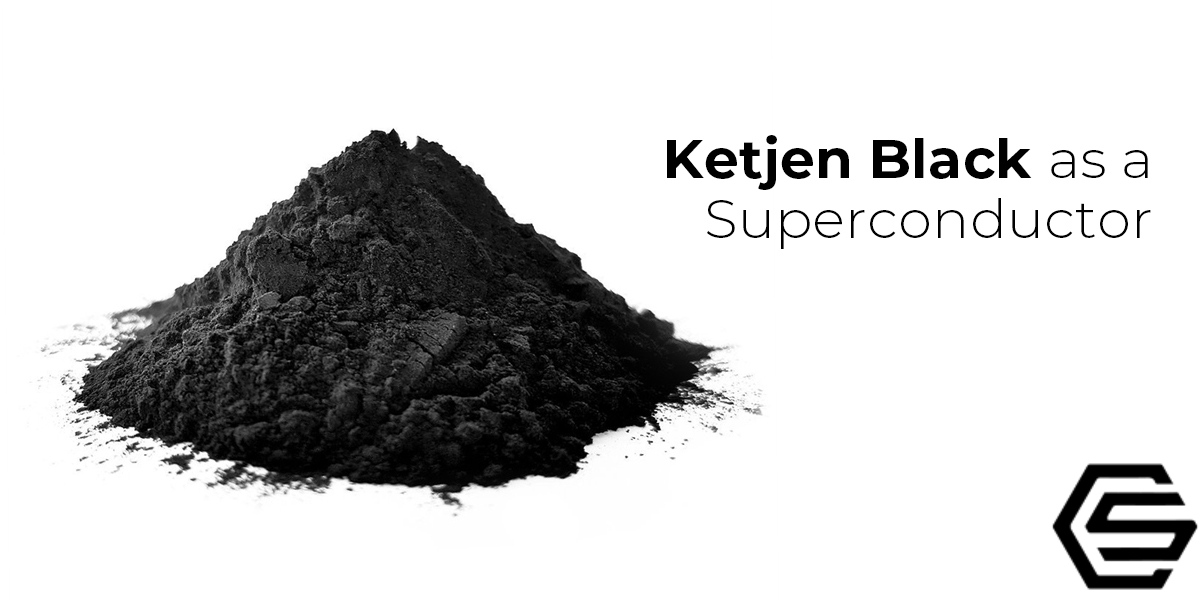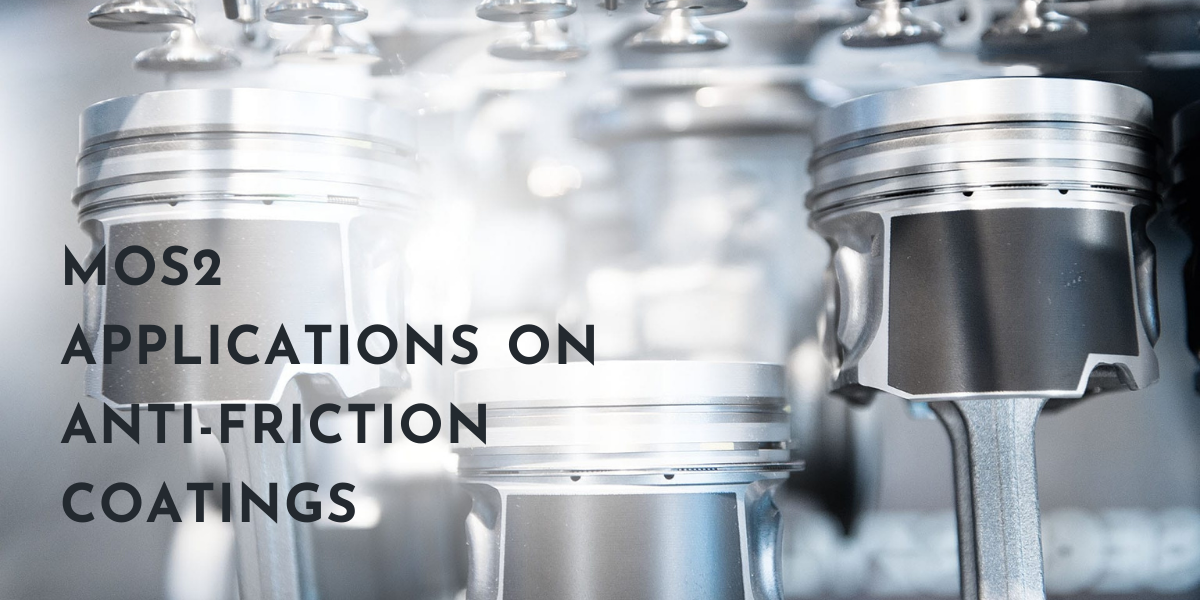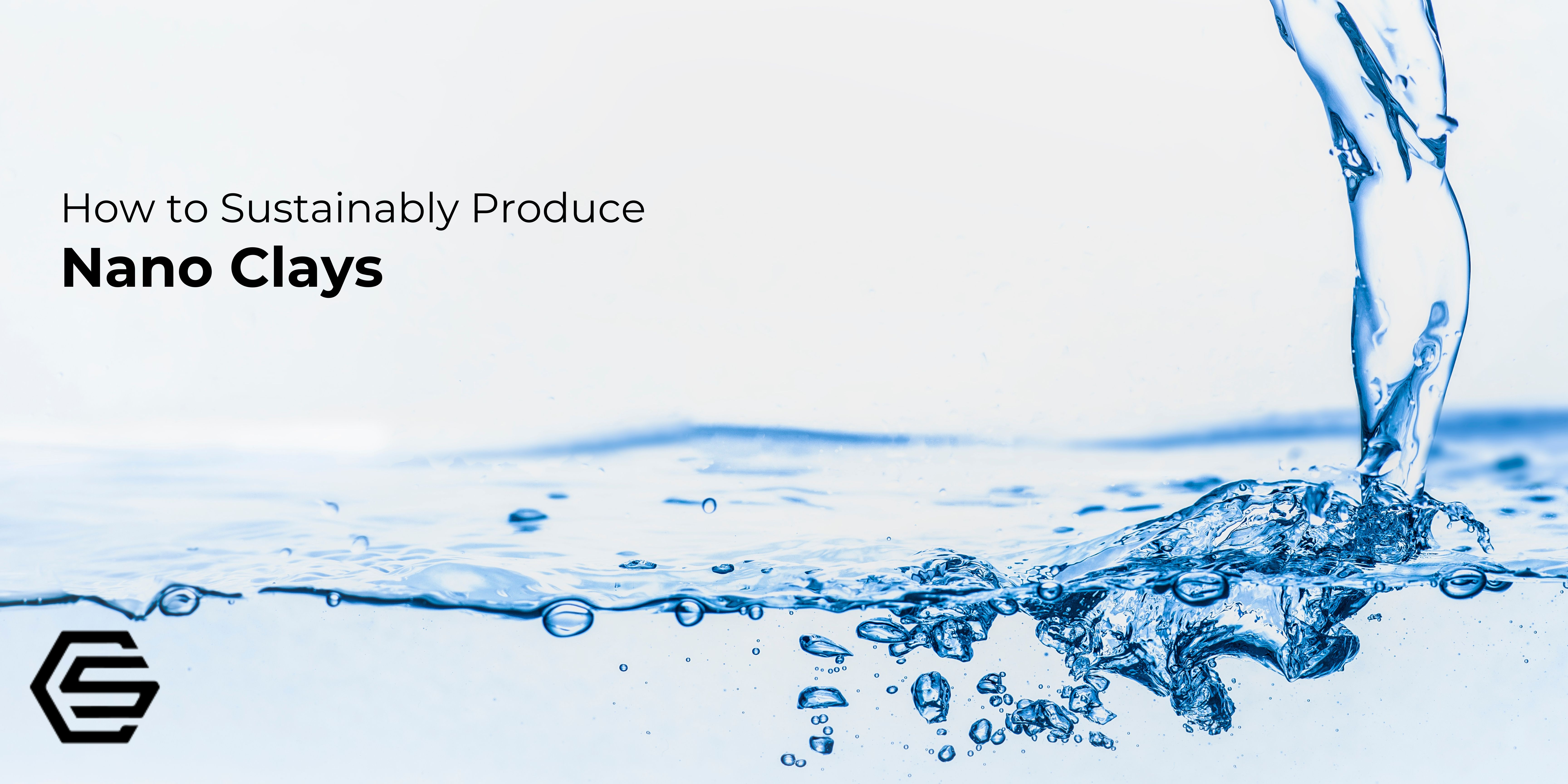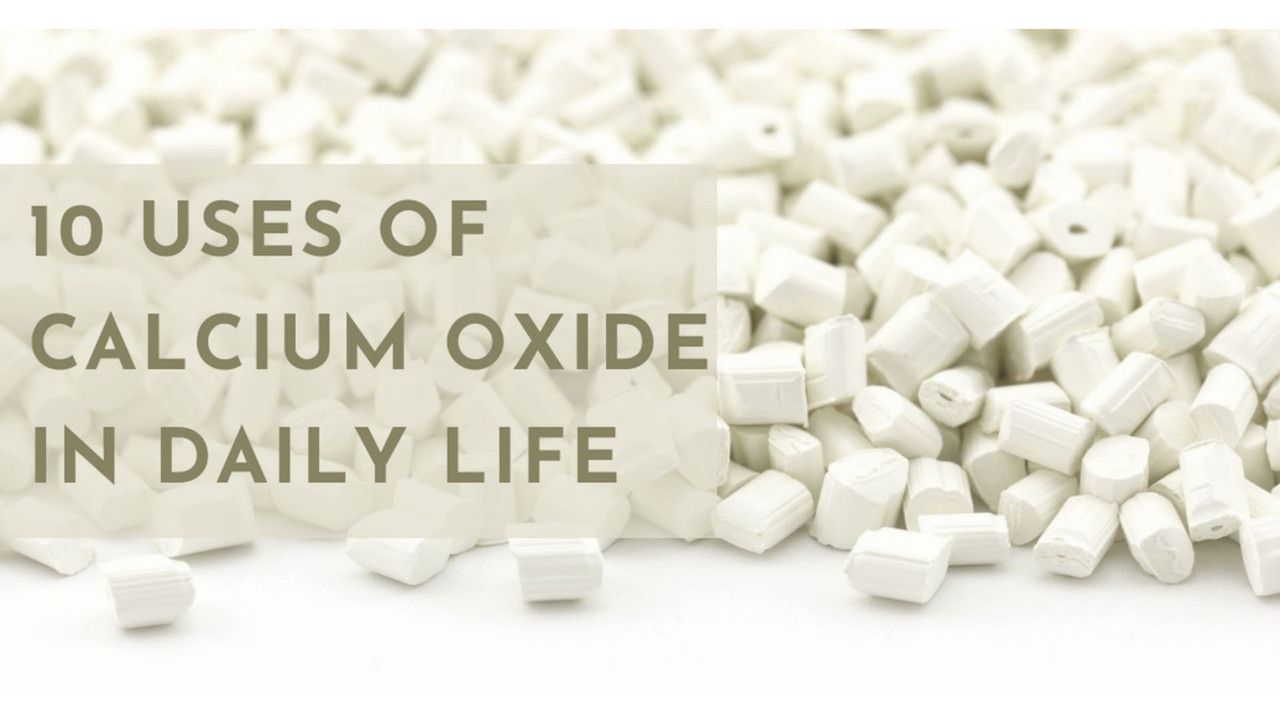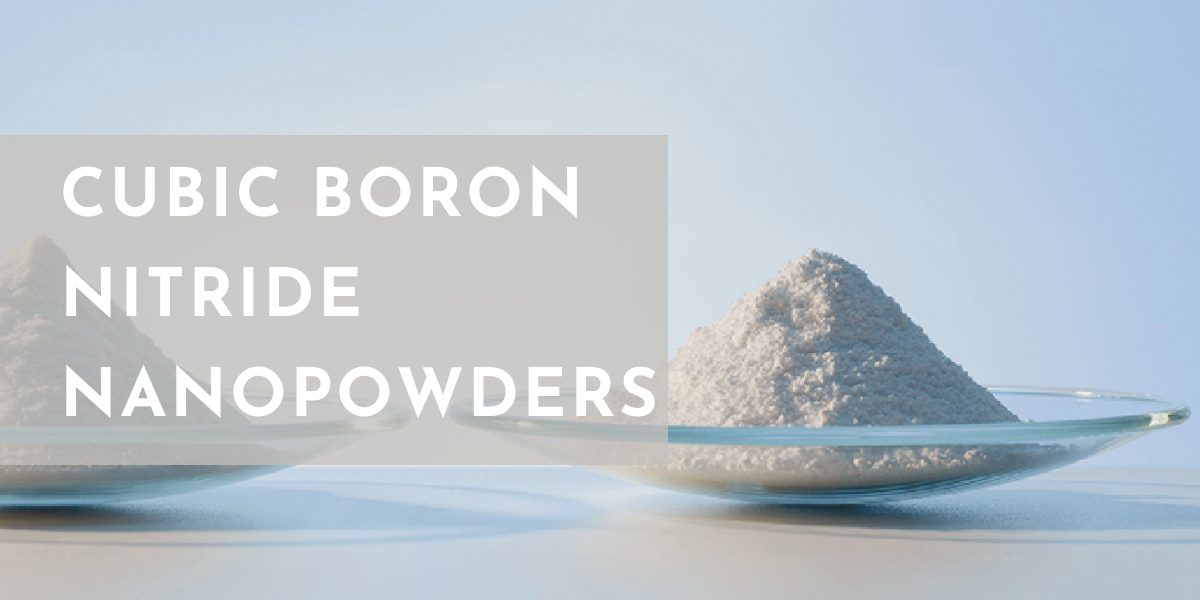Why is the importance of nano coatings for UV and NIR protection?
Enhanced UV and NIR Blocking: Nano coatings are designed to block or absorb UV and NIR radiation effectively. They contain specially engineered nanoparticles or materials that have high UV and NIR blocking properties. These coatings can significantly reduce the amount of radiation transmitted through a substrate, thus minimizing exposure.
Improved Durability: Nano coatings are designed to be highly durable and long-lasting. They can withstand exposure to environmental factors such as sunlight, moisture, and temperature fluctuations without losing their UV and NIR blocking properties. This durability ensures consistent and reliable protection over an extended period.
Transparency and Clarity: Nano coatings can be engineered to have high transparency, allowing visible light to pass through while blocking UV and NIR radiation. This feature is crucial for applications where maintaining the aesthetic appearance of a surface is essential, such as architectural glass or automotive windshields.
Versatility: Nano coatings can be applied to various materials, including glass, plastics, fabrics, and metals. This versatility allows for their application in a wide range of industries and products, including eyewear, buildings, electronics, and even clothing.
Customizability: Nano coatings can be tailored to specific requirements, such as different levels of UV and NIR blocking. By modifying the composition and thickness of the coating, it is possible to achieve different levels of protection to suit the intended application.
Types of Nano Coatings for UV and NIR Blocking
1. Metal-based Coatings: These coatings use metallic nanoparticles, such as silver, gold, or aluminum, which have strong UV and NIR blocking properties. They can be applied to various substrates and offer high transparency in the visible light range.
2. Metal Oxide Coatings: Metal oxide nanoparticles, such as titanium dioxide (TiO2) and zinc oxide (ZnO), are often used in nano coatings for UV and NIR protection. These coatings have excellent UV blocking capabilities and can be applied to glass, plastics, and fabrics.
3. Organic UV Absorbers: Nano coatings can also incorporate organic compounds that act as UV absorbers. These compounds absorb UV radiation and convert it into harmless heat. They are often used in combination with other nanoparticles or polymers to create effective UV and NIR blocking coatings.
4. Multilayer Coatings: Multilayer nano coatings involve stacking multiple thin layers of different materials to achieve enhanced UV and NIR blocking. By carefully designing the layer thickness and composition, these coatings can provide a high degree of protection while maintaining transparency.
It is important to note that the performance and effectiveness of nano coatings for UV and NIR blocking can vary depending on factors such as coating composition, thickness, and application method. Therefore, it is crucial to consider the specific requirements and consult with experts when selecting and applying these coatings.
Fundamental Nano Coating Materials
Nano coatings are thin films of materials that are designed to provide specific functionalities, such as enhanced durability, scratch resistance, water repellency, or anti-corrosion properties. These coatings are typically composed of various nano-scale materials that contribute to their unique properties. Here are some fundamental nano coating materials commonly used:
a. Titanium Dioxide (TiO2)
Titanium dioxide is often employed in nano coatings for its photocatalytic properties, which enable self-cleaning and antimicrobial effects when exposed to UV light. It is commonly used in coatings for building surfaces, glass, and textiles
Titanium dioxide (TiO2) provides UV blocking by absorbing and blocking harmful UV radiation, protecting surfaces from fading and degradation. It also offers surface protection through its photocatalytic activity, self-cleaning properties, antimicrobial effects, and the formation of a protective barrier, which enhances durability and resistance against environmental factors. Titanium dioxide (TiO2) is commonly used in sunscreen for UV protection, glass coatings to block UV radiation, and the paint industry for vibrant colors and durability.
To learn about the role and uses of titanium dioxide in the cosmetic industry, read our blog.
b. Zinc Oxide (ZnO)
Zinc oxide is another material known for its photocatalytic properties and is often used in nano coatings for self-cleaning and antimicrobial purposes. It is particularly useful in outdoor applications, such as paints and coatings for buildings.
Zinc oxide is widely used in various applications, including sunscreens, textile products, and glass coatings. Here's a brief overview of its applications in these sectors:
Sunscreens: Zinc oxide is a common ingredient in sunscreens due to its ability to provide broad-spectrum UV protection. It acts as a physical sunscreen agent by reflecting and scattering both UVA and UVB rays, helping to prevent sunburn, skin damage, and the risk of skin cancer.
Textile Products: Zinc oxide is incorporated into textile products, such as clothing, hats, and accessories, to enhance their UV protection capabilities. Fabrics treated with zinc oxide can help block harmful UV radiation and provide an additional layer of sun protection for the wearer.
Glass Coatings: Zinc oxide is used in glass coatings to improve their UV-blocking properties. It is applied as a thin layer on glass surfaces, such as windows, to block a significant portion of UV radiation from entering buildings or vehicles. This helps protect interiors from UV-induced fading, reduces heat buildup, and contributes to energy efficiency by reducing the need for excessive cooling.





